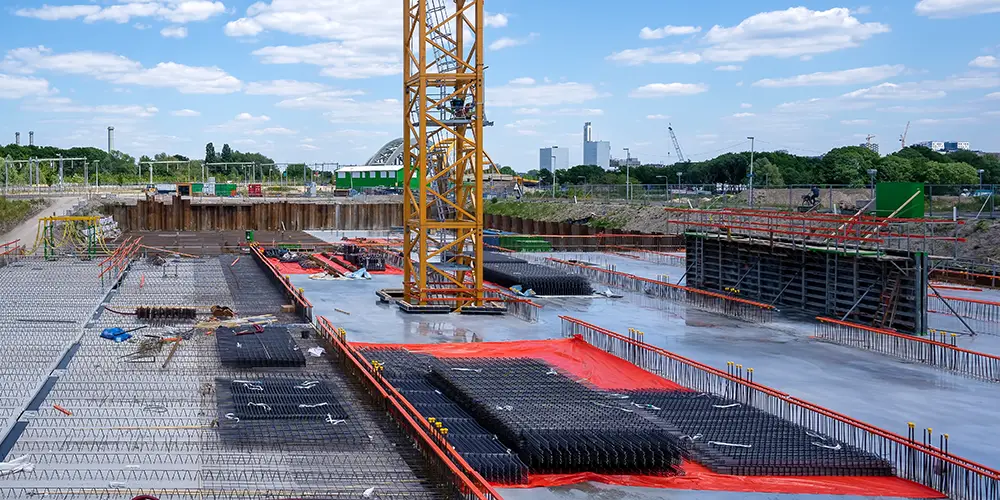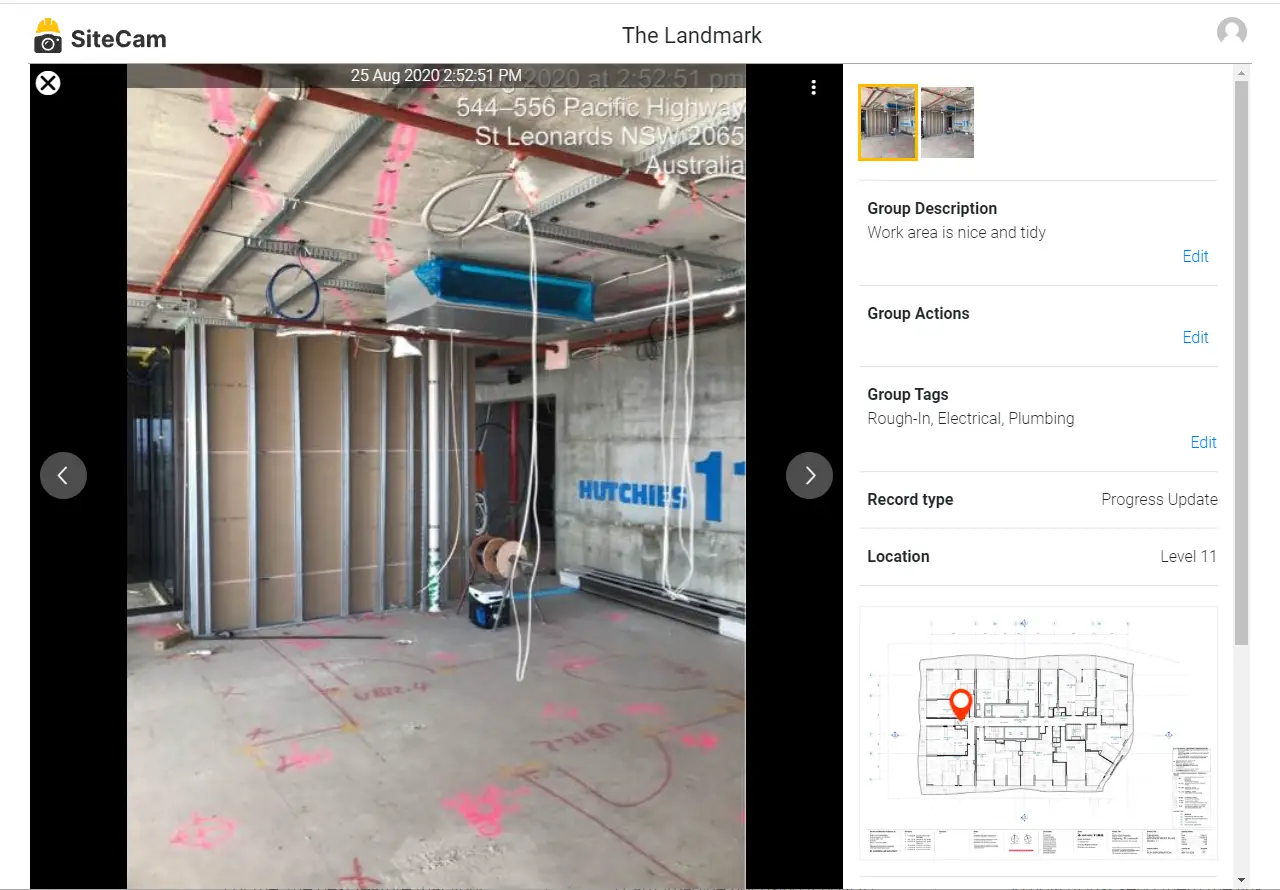Guide to Concrete Slab Inspections

In construction, having a solid foundation and slabs is crucial for the durability of a building’s structure. In this brief guide, we’ll explore various types of inspections you need to perform, common problems to watch for, and effective methods to organize your concrete inspection photos.
Table of Contents
What is a Pre-Pour Concrete Slab Inspection?
A pre-pour concrete slab inspection is a crucial step carried out before pouring concrete into the slab form. This inspection ensures that the area is well-prepared and the appropriate materials are in place before any concrete is poured. This vital stage in the process helps prevent major structural problems in the future by identifying and addressing any issues with the slab preparation.
During a pre-pour inspection, an experienced inspector will check for several factors, such as:
- Correct placement of reinforcement bars (rebar) and mesh
- Adequate moisture control measures
- Properly installed formwork
- Pipe penetrations
What is a Post Slab Inspection?
Once the concrete has been poured and cured, a post slab inspection is required to verify that the slab meets the required standards and specifications. During a post-slab inspection, several factors are checked to ensure the concrete slab is properly constructed. These factors include:
- Checking that the concrete slab is level
- Checking for the absence of surface cracks
- Confirming that the concrete slab is even and has been compacted properly.
- Examining the slab for any discoloration
- Identifying signs of defects, such as spalling or honeycombing.
Signs of Bad Concrete Pouring
Even with the most diligent pre-pour inspection, issues can still arise during the actual pouring process. Here are some telltale signs that something might have gone wrong during the concrete pour:
- Honeycombing: This occurs when air pockets form within the concrete, creating a honeycomb-like pattern. It can weaken the structure and lead to premature deterioration.
- Cold joints: If there is a delay between the pouring of adjacent concrete sections, a “cold joint” can form. This is a weak spot in the slab that can lead to cracks and structural problems.
- Segregation: If the concrete mix isn’t properly blended, the aggregate may settle at the bottom, compromising the strength and integrity of the slab.
Photo Documentation for Slab Construction
Maintaining thorough photo documentation during the slab stage of construciton is vital. These visual records help to identify potential issues and serve as reliable evidence if disputes arise in the future.
One challenge that arises when documenting concrete is the management of large number of photos. Slabs and formwork, particularly in multi-level buildings, can look quite similar, making it difficult to distinguish one area from another. Properly organizing and cataloging these images can be a time-consuming process. This is why we created SiteCam. SiteCam is a simple and easy-to-use camera app made for construction teams. It allows you to quickly take photos and pin the location of each photo to a plan. You can also add notes and tags with each capture so it’s easy to find in the future. Photos are backed up automatically to the cloud and can be shared with your whole team/company!
Try SiteCam for Free
If you want to save time and stay organized, try SiteCam for free and see how a dedicated site photo management app will streamline your site inspection process. Sign up here:

Related Articles
- Project Management for Architects
- Improving Photo Documentation for UK’s Building Safety Act 2022
- How to Create Construction Progress Reports
- Architect’s Guide to Site Visits and Observations
- Construction Site Inspections – A Complete Guide
- 10 tips for taking better site photos
- The Importance of Photo Documentation in Construction
- What is rough-in stage in construction?
- How to be a great building cadet